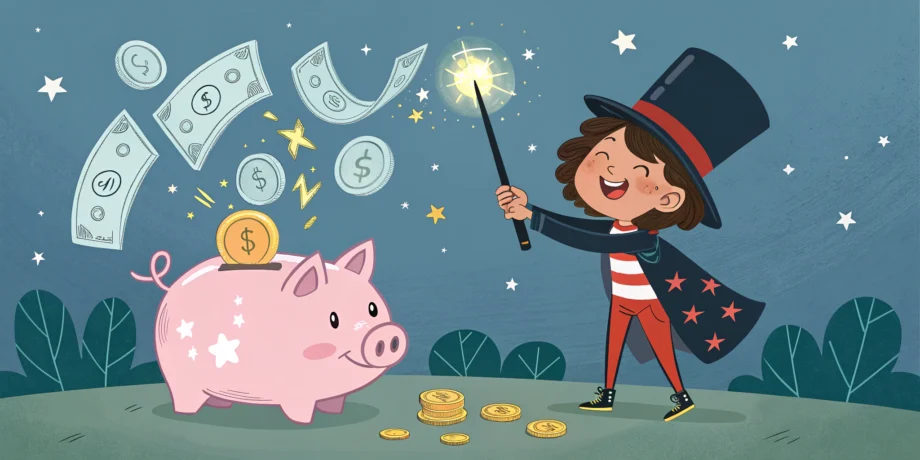Picture this: kids dancing through life, twirling between needs and wants with ease, mastering the classic waltz of budgeting. Financial literacy can be the ultimate dance partner if you introduce them early to the rhythm of managing money. We’re not talking advanced calculus here—just the basic steps to get them in time with financial reality.
Involve Them in Budgeting Activities
First step? Get them involved. Show your little ones how you stretch your dollars to fit that grocery bill. Let them plan a meal. They’ll soon learn why filet mignon isn’t a regular on the menu.
Keep It Real
Use real-life examples to clarify needs versus wants. Does Junior need the latest action figure, or is that a want tending toward daydream? Breaking it down with tangible examples makes the abstract concrete.
Embrace Technology
Are we in the digital age or what? Budgeting apps are your new best friends. There are fantastic tools designed to help young minds grasp money management with colorful, engaging interfaces. Introduce them to apps that track their chore-earned pennies.
Give Allowances and Encourage Saving
Set them up with an allowance. Why? It’s their first taste of financial freedom. Teach them to save a portion—it’s like getting them to eat their vegetables while they’re still sweet. Hard to argue with that.
Make Financial Literacy Fun
Learning doesn’t have to be a bore. Turn saving into a game, quiz them on prices while shopping, or maybe host a family financial board game night. Keep it playful, keep it fun, and watch them learn without realizing it.
To sum up, instilling financial responsibility in children is a lot like teaching them the steps of a complicated dance. Start early, keep it interactive, and one day, they’ll be leading with confidence. Who knows—they might even pass on their newfound talents to the next generation. Because after all, financial literacy is the gift that keeps on giving.




